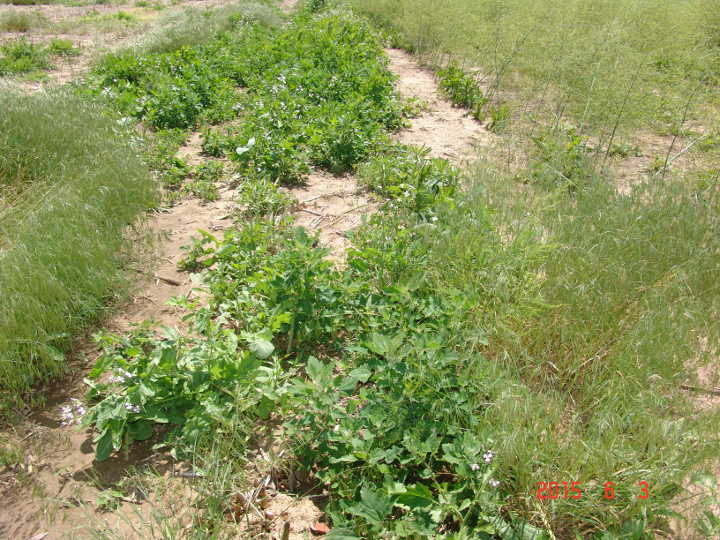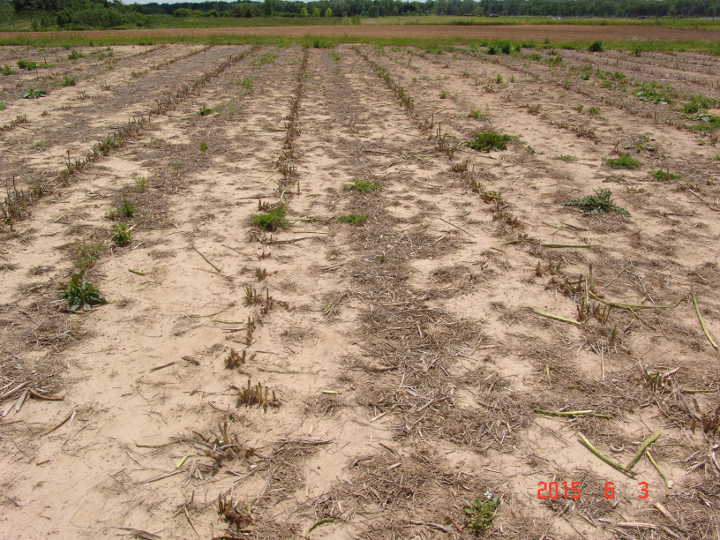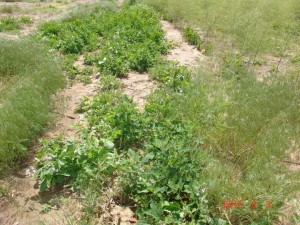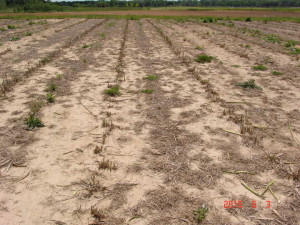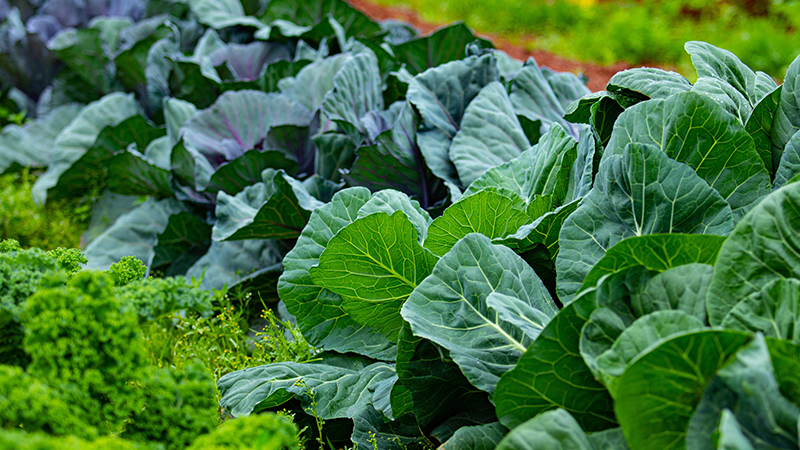Stay A Step Ahead Of Weeds
[blackoutgallery id=”75284″]
Weed control can be a tricky and costly task made all the more difficult by herbicide resistance and the push toward using softer chemistries for management.
However, knowledge of plant needs, proper soil nutrition, and specific preplant techniques can help you gain control of weeds.
According to Bernard Zandstra, a professor in the Department of Horticulture at Michigan State University, there are certain categories of crops that are more sensitive to weed invasion, which include smaller, direct-seeded vegetable crops.
“These crops are particularly sensitive because it takes them so long to get up and establish a canopy, and some crops like onions never do establish a canopy. For example, crops like lettuce are very small seeded, and carrots and dill are also very sensitive the first month,” Zandstra explains.
Raspberries and other small, bush-type crops are also quite sensitive, he says. “Because tree fruit crops are deeply rooted perennials they tend to be somewhat buffered against serious weed competition. However, in dry years when there’s competition for moisture, weed control can make a huge difference in crop productivity,” he says.
Another factor he notes is that many serious weeds are members of the same family as the crop they afflict.
“For instance, lettuce is in the Asteraceae family, and the weeds in that family are very serious in many crops, including lettuce, endive, and escarole. Related weeds include common ragweed, common groundsel, pineappleweed, prickly lettuce, and sowthistle. In tomatoes, eggplant, peppers, and potatoes, the nightshades are serious weeds. They’re hard to take out with herbicides because they’re so closely related,” Zandstra says.
Preplanting Techniques
In order to get a leg up on weeds in some of these overly sensitive crops, Zandstra suggests implementing several preplant strategies to give crops a strong start.
“It’s always good to prepare a field before planting. Before you put your crops in, you want to have a plan to control the weeds in that field,” he says. “For example, the year before you plant fruit crops, fallow the field and use that time to spot-treat the dandelions, Canada thistle, and whatever other perennials may be there.”
Soil testing and nutrient testing are key preplant elements, Zandstra says. “I suggest always doing a complete macro, micro, and mechanical soil test. In other words, find out what your sand, silt, clay, organic matter, pH, and cation exchange capacity levels are.”
The pH may affect the weed population, he explains. For instance, red sorrel and many composite weeds predominate in soils with pH below 6.0. On the other hand, quackgrass only does well at pH above 6.5.
Zandstra also recommends herbicides for early control. “Kill emerged weeds before planting with contact materials such as Gramoxone (Syngenta) and Aim (FMC Corp.),” he says.
Cultural Controls
Growers have several cultural control options to consider as well, and Zandstra cites four that can be easily integrated into any management system.
- Crop rotation: Zandstra lists crop rotation as one of several cultural controls growers should employ to suppress weed populations in annual crop production. “If you’re growing annual crops it’s easier to rotate, but if you’re growing perennial crops, it’s more difficult — you don’t change your apples every year. But between fruit plantings, growing annual vegetable or field crops for a few years allows use of tillage and herbicides that can reduce weed infestation,” he says.In general, planting a variety of crops with different traits reduces the probability that specific weeds will adapt to the growing system. According to research from Penn State Extension, rotations should be planned so that weed species favored in one year or season will not be favored in another year or cropping sequence.
- Tillage: This technique can help reduce the spread of annual weeds and it can also kill seedlings. “Don’t let the weeds in your field set seed,” Zandstra says. “Once you let the seed set you can have another five years of seed. You need to get in there disk the weeds down, and keep it clean. However, tillage may result in spread of perennial weeds by moving rhizomes, stolons, and roots to other fields, so be sure to clean equipment between fields.”
- Site Selection: Start with a clean field with good soil conditions and good drainage, says Zandstra.
- Mapping: Growers should have maps of their fields and be aware of the weeds inhabiting those fields. “If there are spots of certain perennial weeds or annual weeds, growers need to make an effort to control them.” he says. “With GIS and GPS technology it is possible to map exact locations of weed patches in fields. The weeds can then be treated specifically with a GIS-directed sprayer.”






